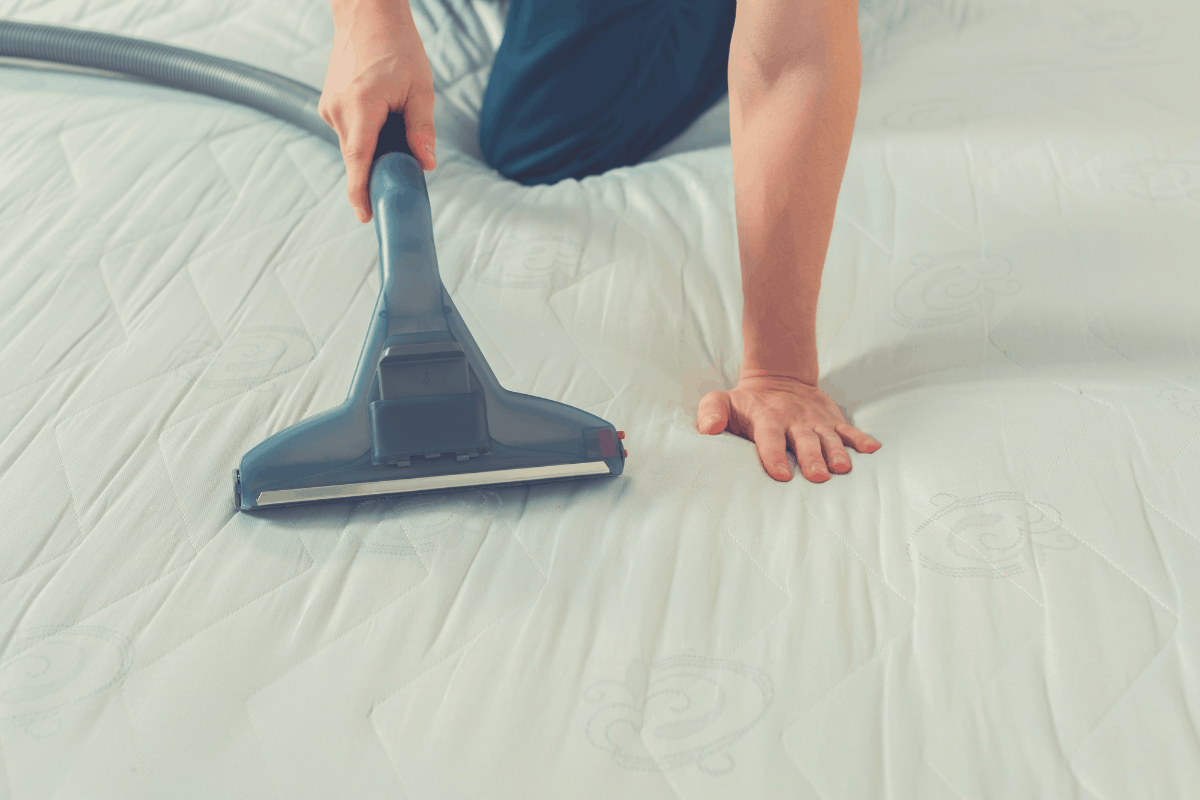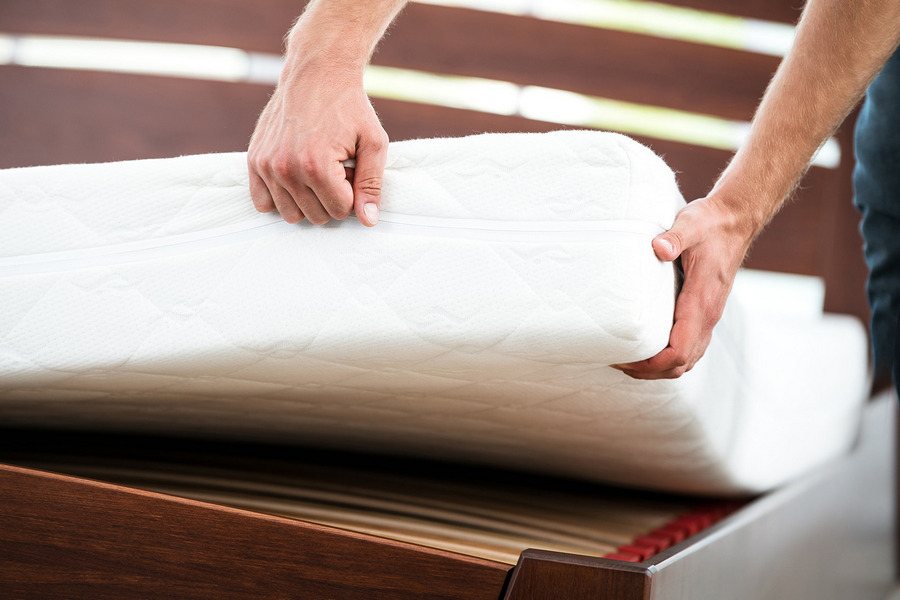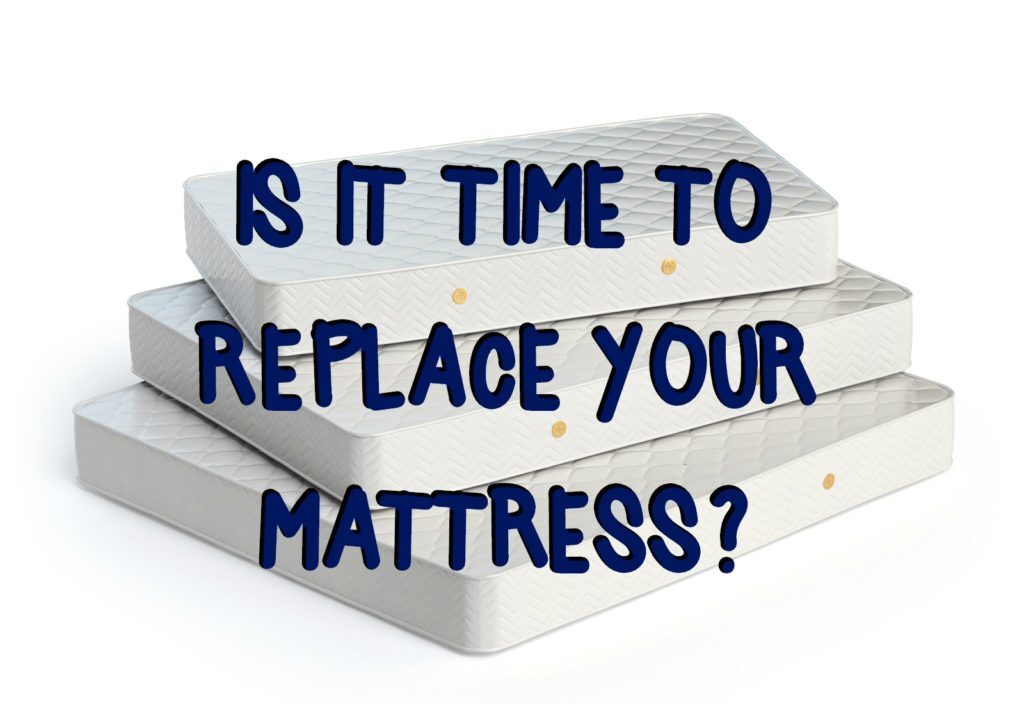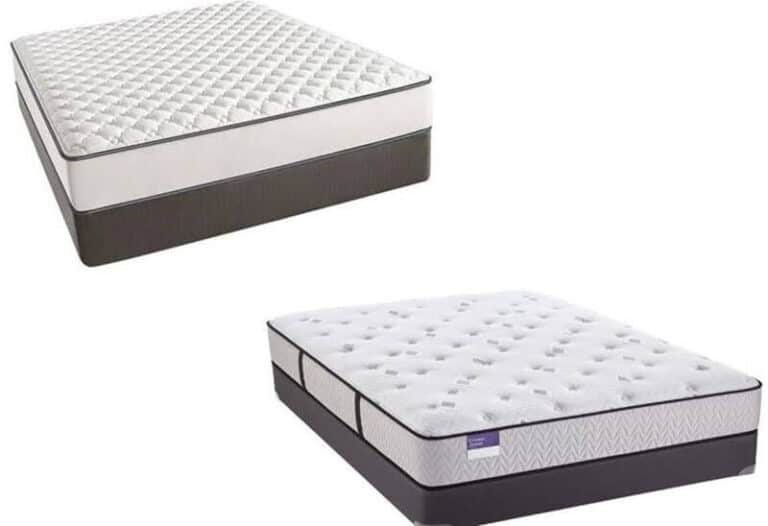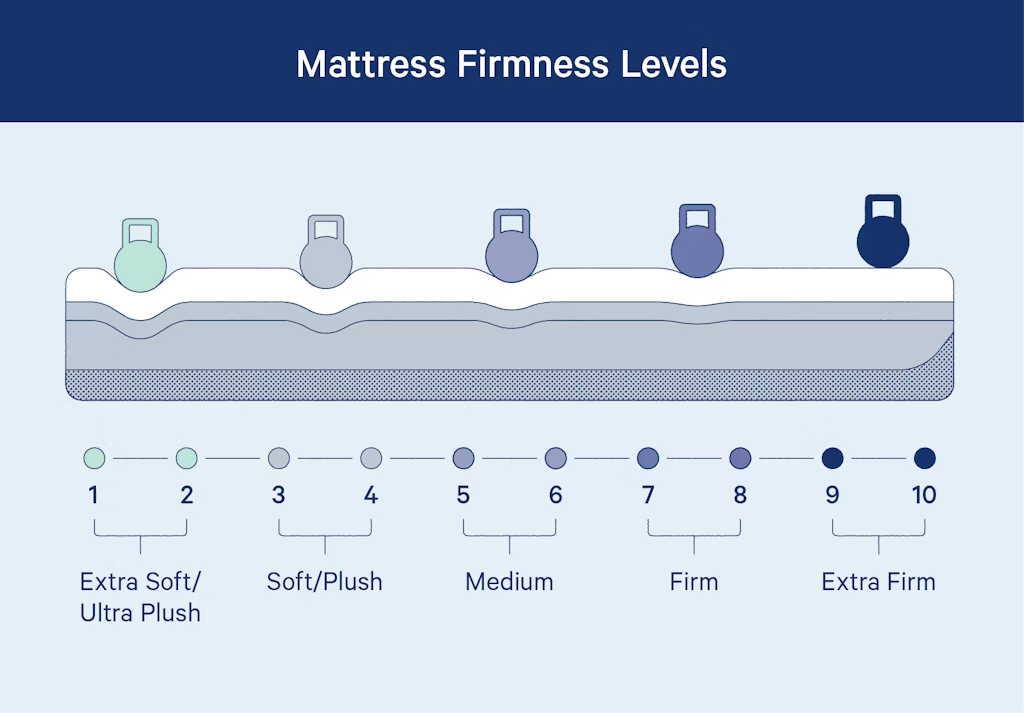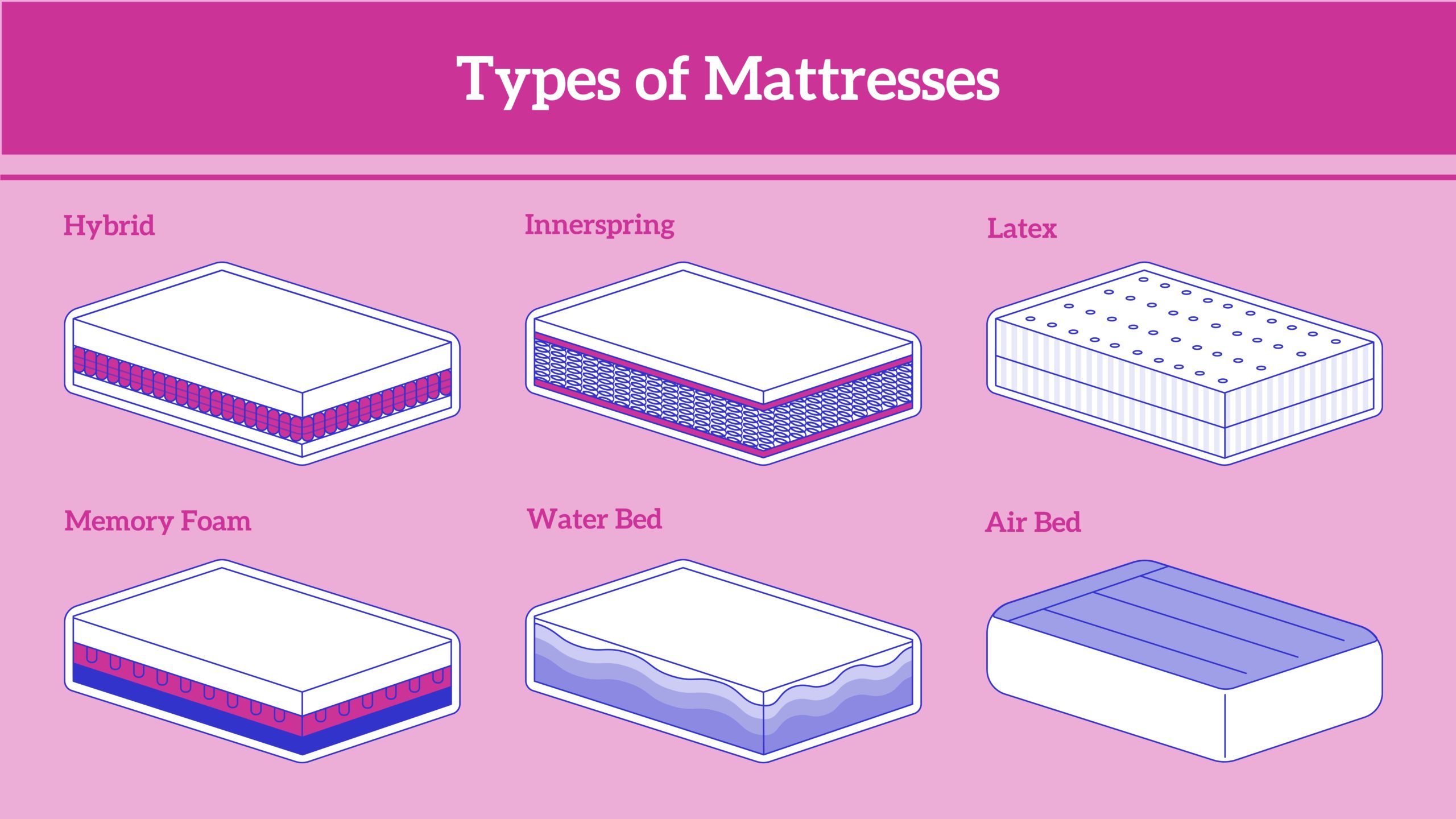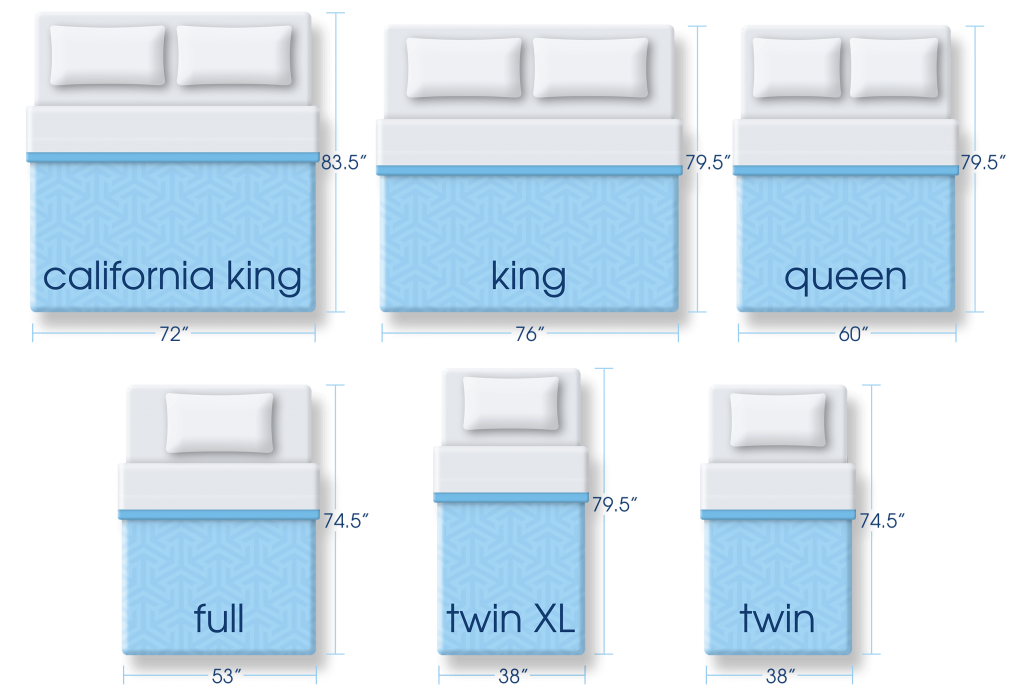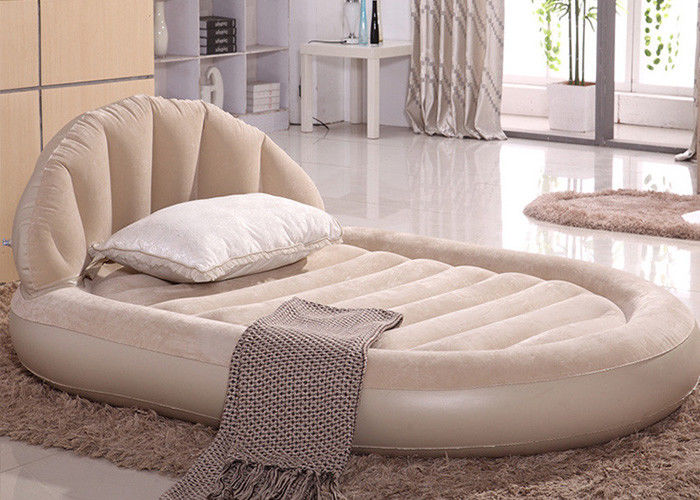Foam Mattress Softness Loss: Causes and Solutions
Foam mattresses have become increasingly popular in recent years, thanks to their ability to contour to the body and provide a comfortable and supportive sleeping surface. However, one common issue that many foam mattress owners face is a loss of softness over time. This can be frustrating for those who have invested in a high-quality foam mattress, but fortunately, there are solutions to help restore the softness and comfort of your mattress. In this article, we will explore the causes of foam mattress softness loss and provide tips for maintaining and restoring the softness of your mattress.
How to Restore Softness to Your Foam Mattress
If you’ve noticed that your once-soft foam mattress has become firm and uncomfortable, there are a few steps you can take to help restore its softness. One solution is to rotate your mattress regularly. This means flipping it over and rotating it 180 degrees every few months. This helps to evenly distribute the weight and pressure on your mattress, preventing one area from becoming more compressed than others. Additionally, you can try using a mattress topper to add an extra layer of softness and comfort to your mattress.
Tips for Maintaining the Softness of Your Foam Mattress
Preventing softness loss in your foam mattress starts with proper maintenance and care. One important tip is to avoid sitting on the edge of your mattress, as this can cause uneven compression and lead to softness loss. It’s also important to use a mattress protector to help keep your mattress clean and free from spills and stains. Another key tip is to avoid jumping or standing on your mattress, as this can cause damage and reduce its lifespan.
Understanding the Lifespan of a Foam Mattress
It’s important to keep in mind that foam mattresses have a limited lifespan, typically lasting between 8-10 years. After this time, the materials may start to break down and lose their softness. However, proper maintenance and care can help to extend the lifespan of your mattress and keep it feeling soft and comfortable for longer.
Common Mistakes That Can Lead to Foam Mattress Softness Loss
When it comes to foam mattress softness loss, there are a few common mistakes that people make that can contribute to the problem. One mistake is using the wrong type of foundation or base for your mattress. Foam mattresses are best paired with a solid and supportive foundation, such as a platform bed or slatted bed frame. Another mistake is using harsh cleaning products on your mattress, which can damage the foam and cause it to lose its softness.
Choosing the Right Foam Mattress for Long-Lasting Softness
If you’re in the market for a new foam mattress, it’s important to do your research and choose a high-quality option that will maintain its softness over time. Look for mattresses with a higher density foam, as these tend to be more durable and long-lasting. You should also pay attention to the warranty and return policies offered by the manufacturer, as this can give you peace of mind and protection in case of any issues with softness loss.
The Importance of Proper Care and Cleaning for Foam Mattresses
As mentioned earlier, using the right cleaning products is crucial for maintaining the softness of your foam mattress. It’s recommended to use a mild detergent and warm water to spot clean any stains or spills. You should also vacuum your mattress regularly to remove any dust and debris that can accumulate and cause it to lose its softness.
Signs That Your Foam Mattress Needs to be Replaced
While proper maintenance can help to extend the lifespan of your foam mattress, there will come a time when it needs to be replaced. Some signs that it’s time for a new foam mattress include visible sagging, lumps or bumps on the surface, and a significant loss of softness and comfort. If you’re experiencing any of these issues, it may be time to start shopping for a new mattress.
How to Prevent Foam Mattress Softness Loss
Prevention is key when it comes to maintaining the softness of your foam mattress. In addition to the tips mentioned above, it’s important to rotate and flip your mattress regularly, avoid placing heavy objects on the mattress, and use a mattress protector to keep it clean and protected. By following these simple steps, you can help to prevent softness loss and extend the lifespan of your foam mattress.
Comparing Different Types of Foam Mattresses for Softness and Durability
Finally, it’s important to note that not all foam mattresses are created equal. When shopping for a foam mattress, be sure to compare the different types available, such as memory foam, latex foam, and polyfoam. Each type has its own unique properties and level of softness, so it’s important to choose one that best suits your needs and preferences. Additionally, read reviews and do your research to find a reputable brand that offers high-quality foam mattresses with a good track record for durability and softness.
In conclusion, foam mattress softness loss is a common issue that can be frustrating for owners. However, by understanding the causes and following the tips outlined in this article, you can help to restore and maintain the softness of your foam mattress for a comfortable and restful night’s sleep. Remember to also prioritize proper care and maintenance to extend the lifespan of your mattress and get the most out of your investment.
Why Your Foam Mattress May Be Losing Its Softness

The Importance of a Good Night's Sleep
 A good night's sleep is essential for our physical and mental well-being. It allows our bodies to rest and recharge, preparing us for the challenges of the next day. And one of the key factors that contribute to a good night's sleep is having a comfortable and supportive mattress. However, if you have noticed that your
foam mattress
is losing its softness, it may be time to take a closer look at what could be causing this issue.
A good night's sleep is essential for our physical and mental well-being. It allows our bodies to rest and recharge, preparing us for the challenges of the next day. And one of the key factors that contribute to a good night's sleep is having a comfortable and supportive mattress. However, if you have noticed that your
foam mattress
is losing its softness, it may be time to take a closer look at what could be causing this issue.
The Science Behind Foam Mattresses
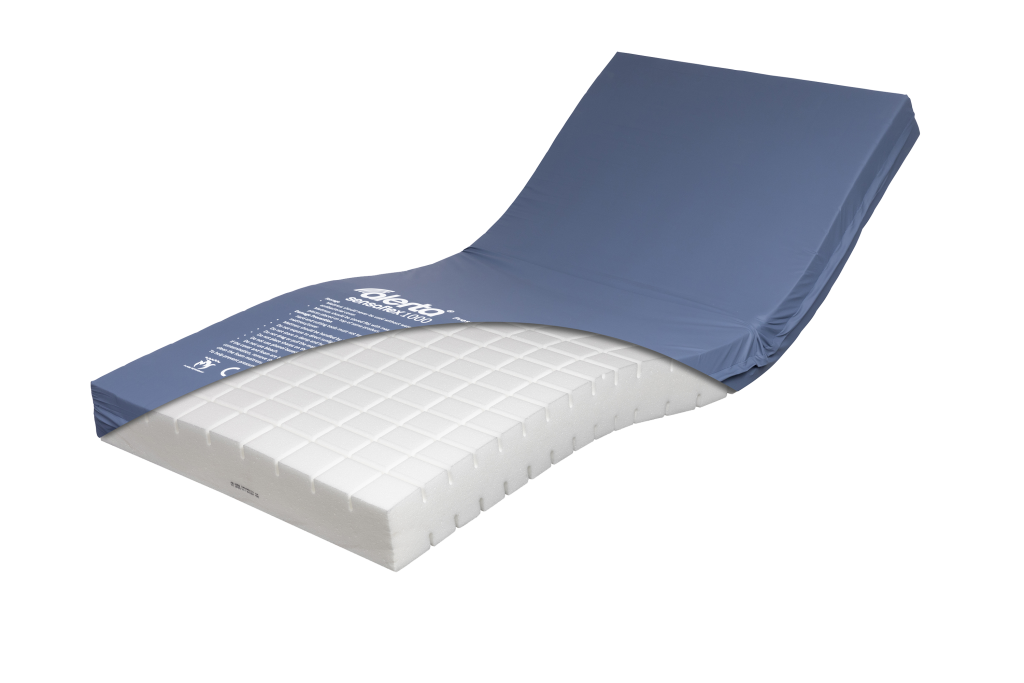 Foam mattresses have gained popularity in recent years due to their ability to contour to the body and provide excellent support. This is because they are made of layers of
high-density foam
and
memory foam
, which work together to distribute weight evenly and relieve pressure points. However, over time, these materials can start to break down and lose their effectiveness, resulting in a less comfortable sleep surface.
Foam mattresses have gained popularity in recent years due to their ability to contour to the body and provide excellent support. This is because they are made of layers of
high-density foam
and
memory foam
, which work together to distribute weight evenly and relieve pressure points. However, over time, these materials can start to break down and lose their effectiveness, resulting in a less comfortable sleep surface.
Factors That Can Contribute to a Loss of Softness
 One of the main factors that can cause a
foam mattress
to lose its softness is regular wear and tear. As we sleep on our mattresses night after night, our bodies compress the foam, causing it to lose its shape and support. Additionally, factors such as body weight, temperature, and humidity can also play a role in how quickly a foam mattress loses its softness.
Another potential cause could be the quality of the foam used in the mattress. Cheaper foam may break down faster, leading to a loss of softness sooner than a higher-quality foam. It is essential to do thorough research and invest in a good quality foam mattress to ensure its longevity and comfort.
One of the main factors that can cause a
foam mattress
to lose its softness is regular wear and tear. As we sleep on our mattresses night after night, our bodies compress the foam, causing it to lose its shape and support. Additionally, factors such as body weight, temperature, and humidity can also play a role in how quickly a foam mattress loses its softness.
Another potential cause could be the quality of the foam used in the mattress. Cheaper foam may break down faster, leading to a loss of softness sooner than a higher-quality foam. It is essential to do thorough research and invest in a good quality foam mattress to ensure its longevity and comfort.
How to Prevent Your Foam Mattress from Losing Its Softness
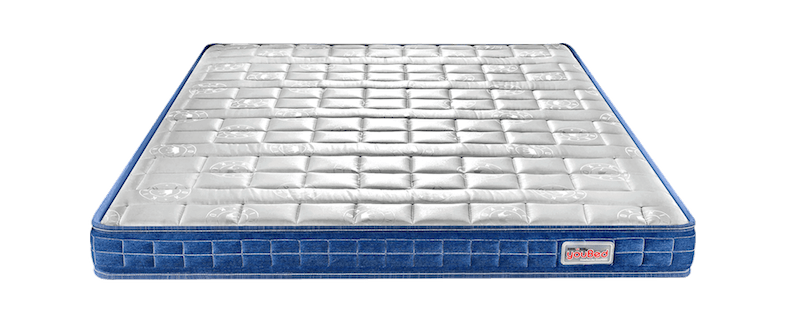 To prolong the life and softness of your foam mattress, there are a few steps you can take. Firstly, regularly rotating your mattress can help distribute the wear and tear more evenly, preventing certain areas from losing their softness faster than others. Additionally, using a mattress protector can also help protect the foam from body oils, sweat, and other debris that can break down the foam faster.
In conclusion, a
foam mattress
losing its softness is a common issue that can be caused by various factors. By understanding these factors and taking preventative measures, you can ensure that your mattress remains comfortable and supportive for years to come. Remember to do your research and invest in a high-quality foam mattress to enjoy the benefits of a good night's sleep.
To prolong the life and softness of your foam mattress, there are a few steps you can take. Firstly, regularly rotating your mattress can help distribute the wear and tear more evenly, preventing certain areas from losing their softness faster than others. Additionally, using a mattress protector can also help protect the foam from body oils, sweat, and other debris that can break down the foam faster.
In conclusion, a
foam mattress
losing its softness is a common issue that can be caused by various factors. By understanding these factors and taking preventative measures, you can ensure that your mattress remains comfortable and supportive for years to come. Remember to do your research and invest in a high-quality foam mattress to enjoy the benefits of a good night's sleep.


.jpg)

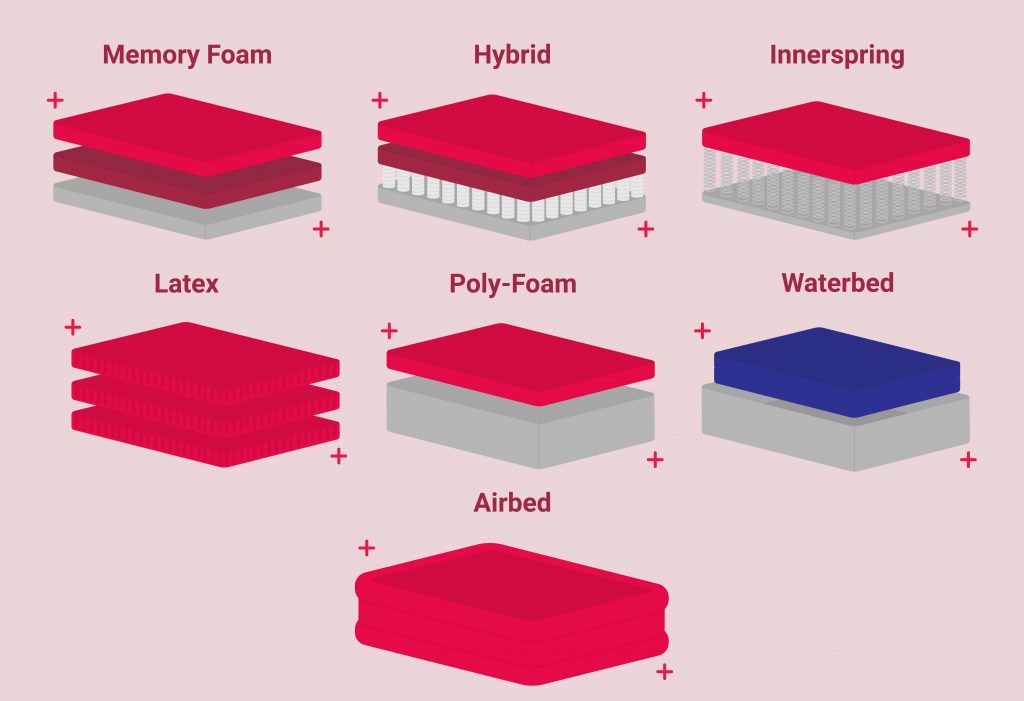

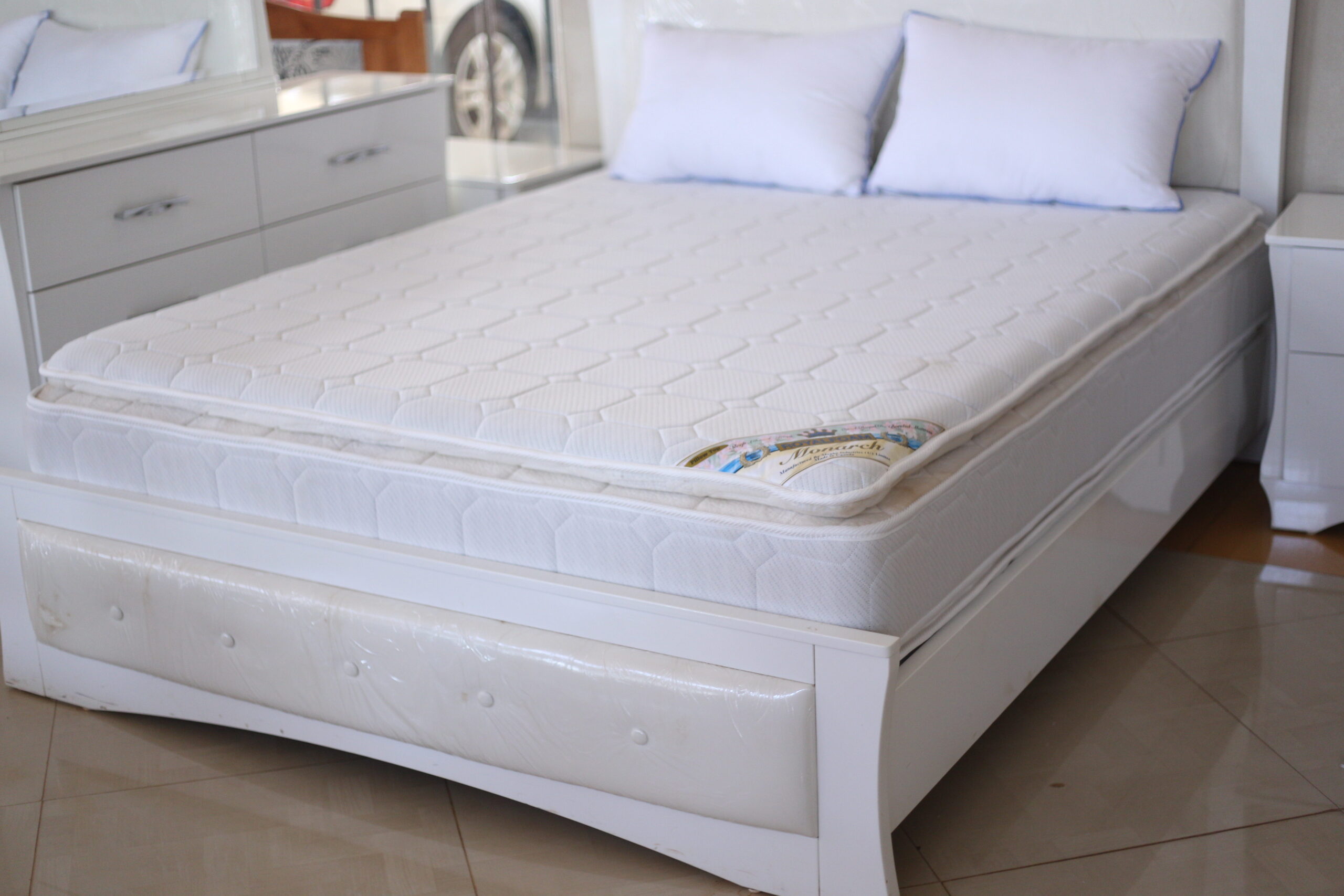
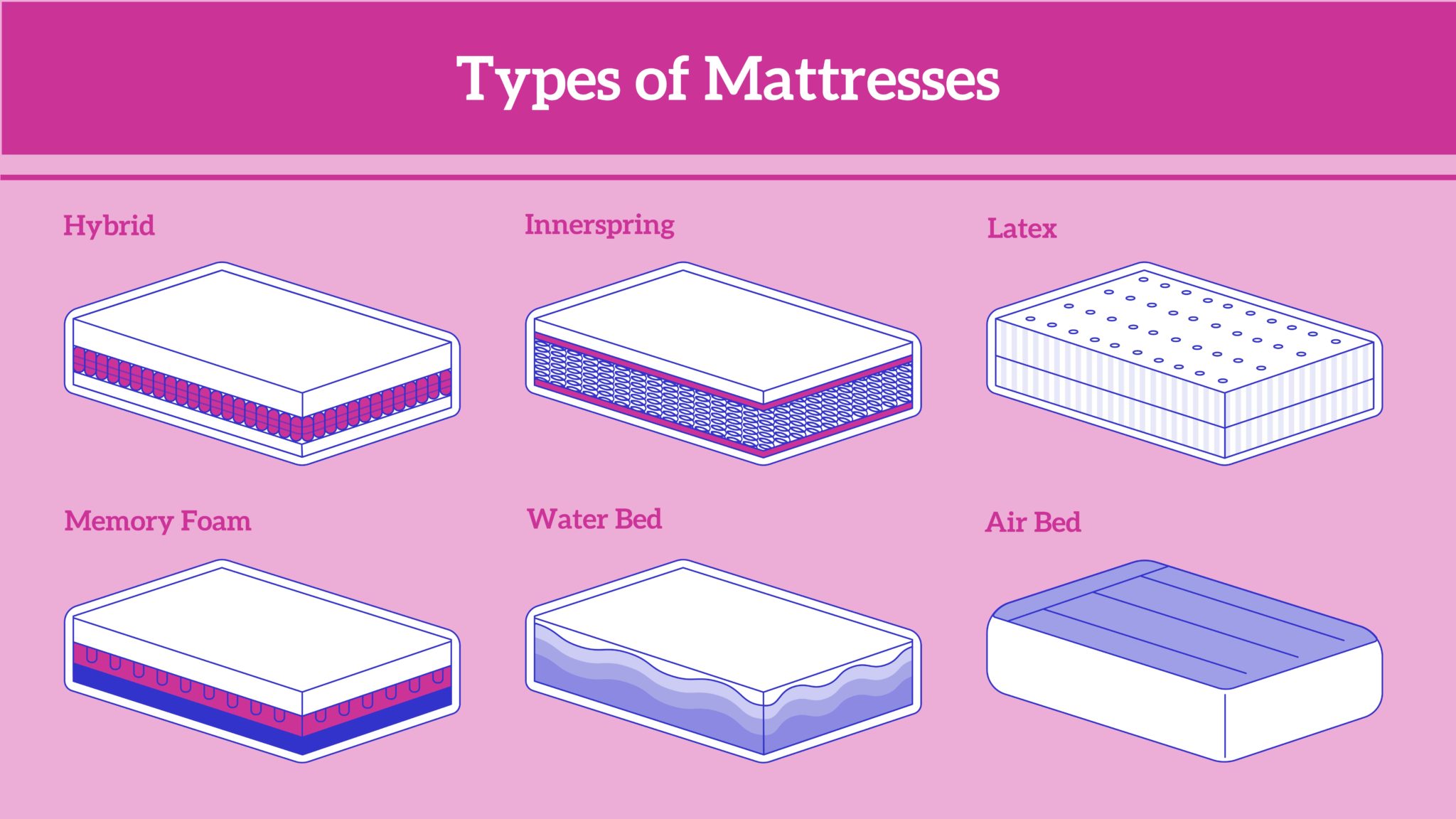
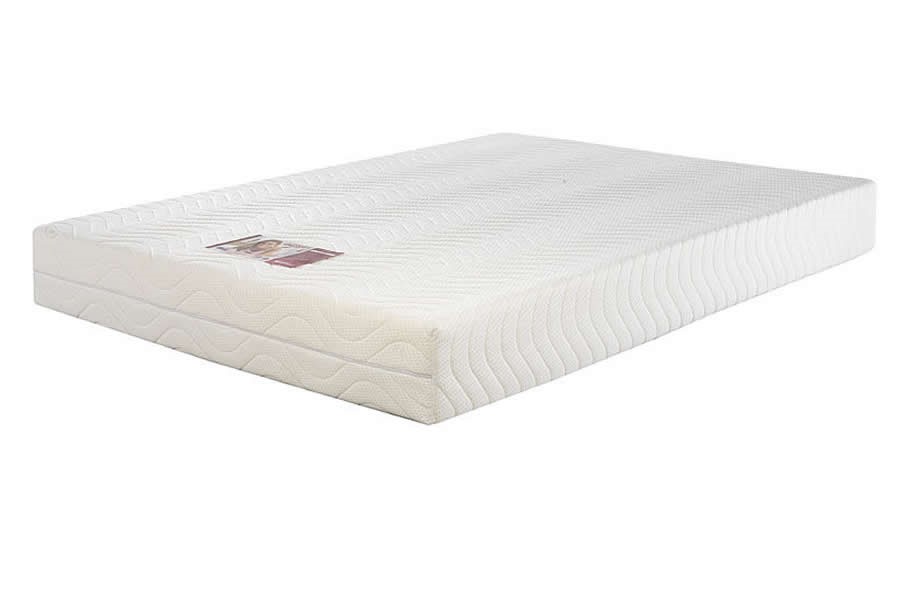


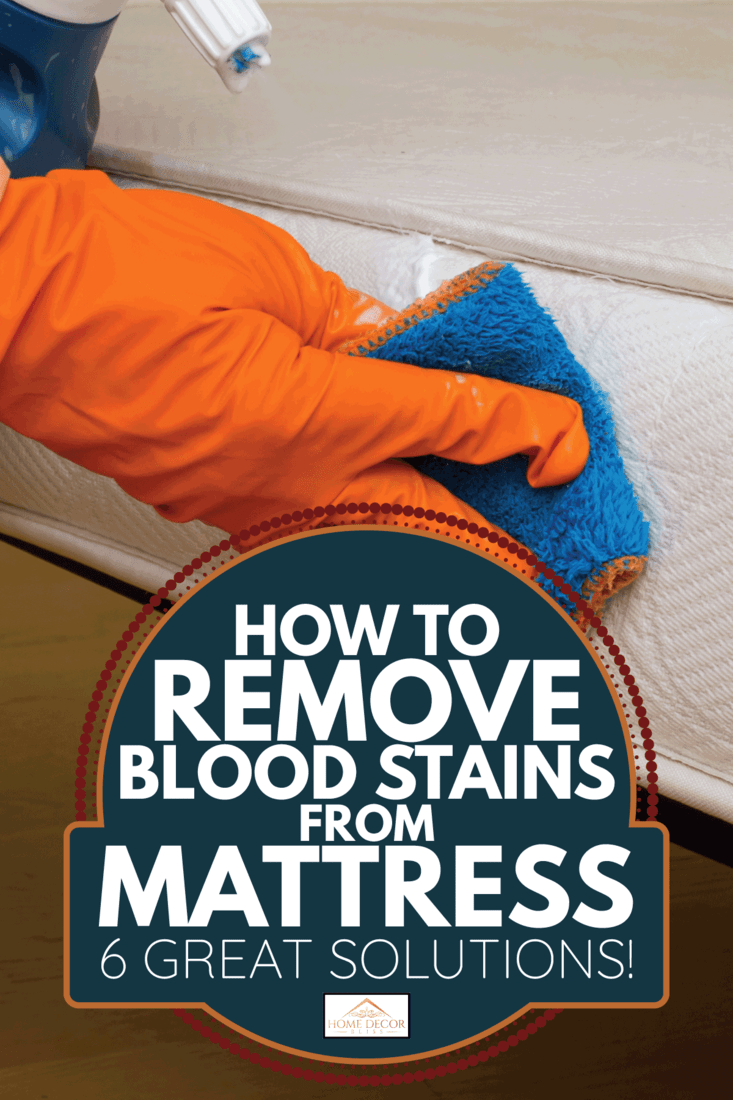







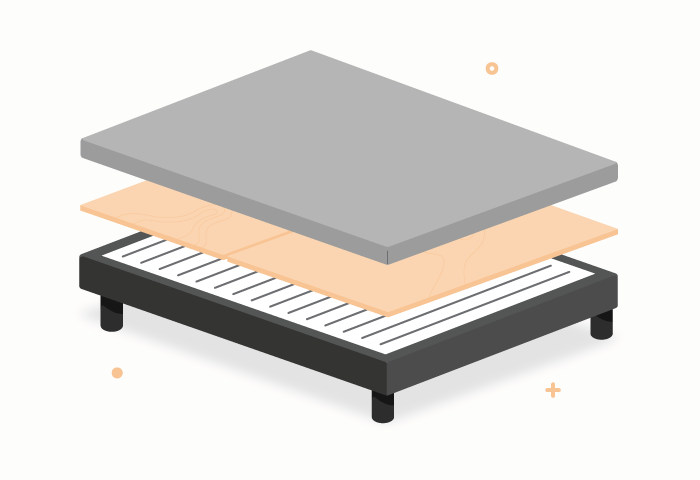











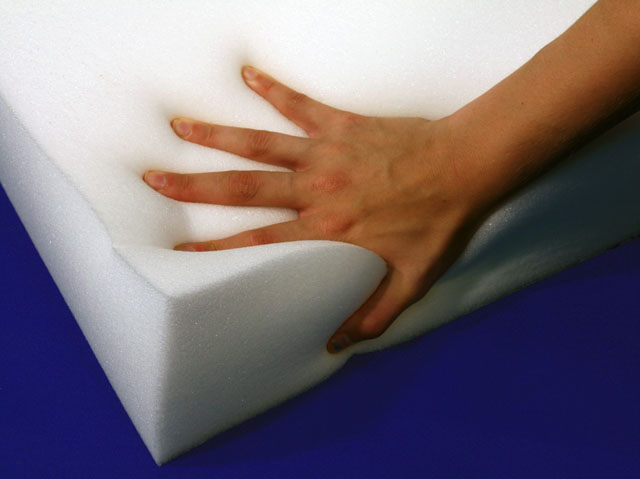



















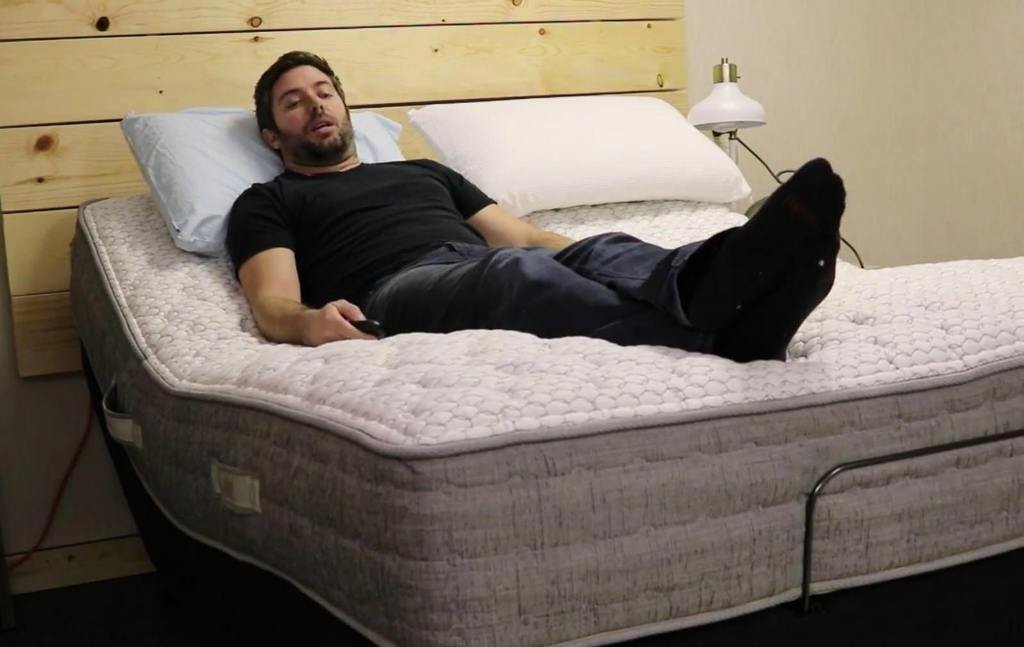

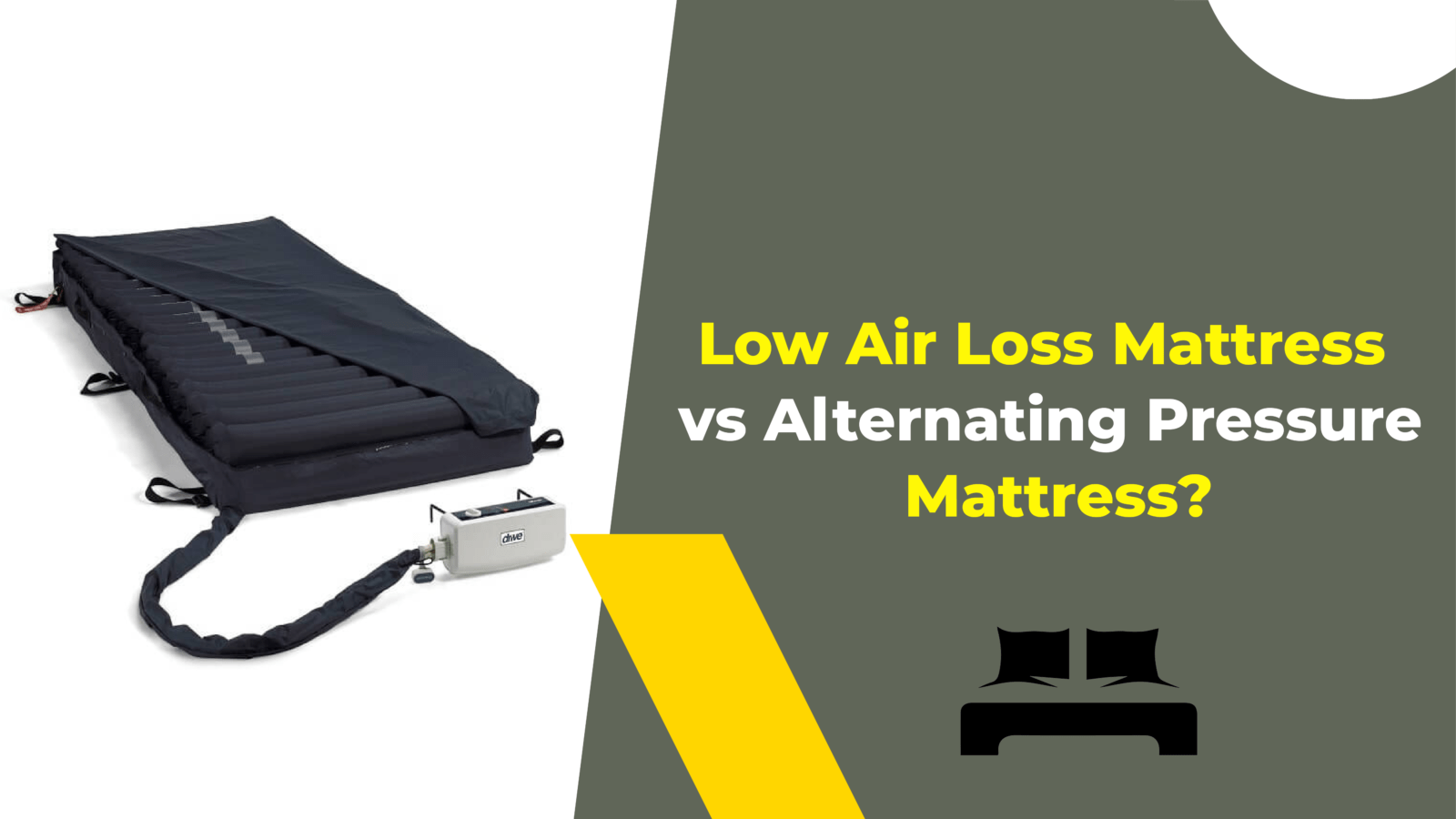





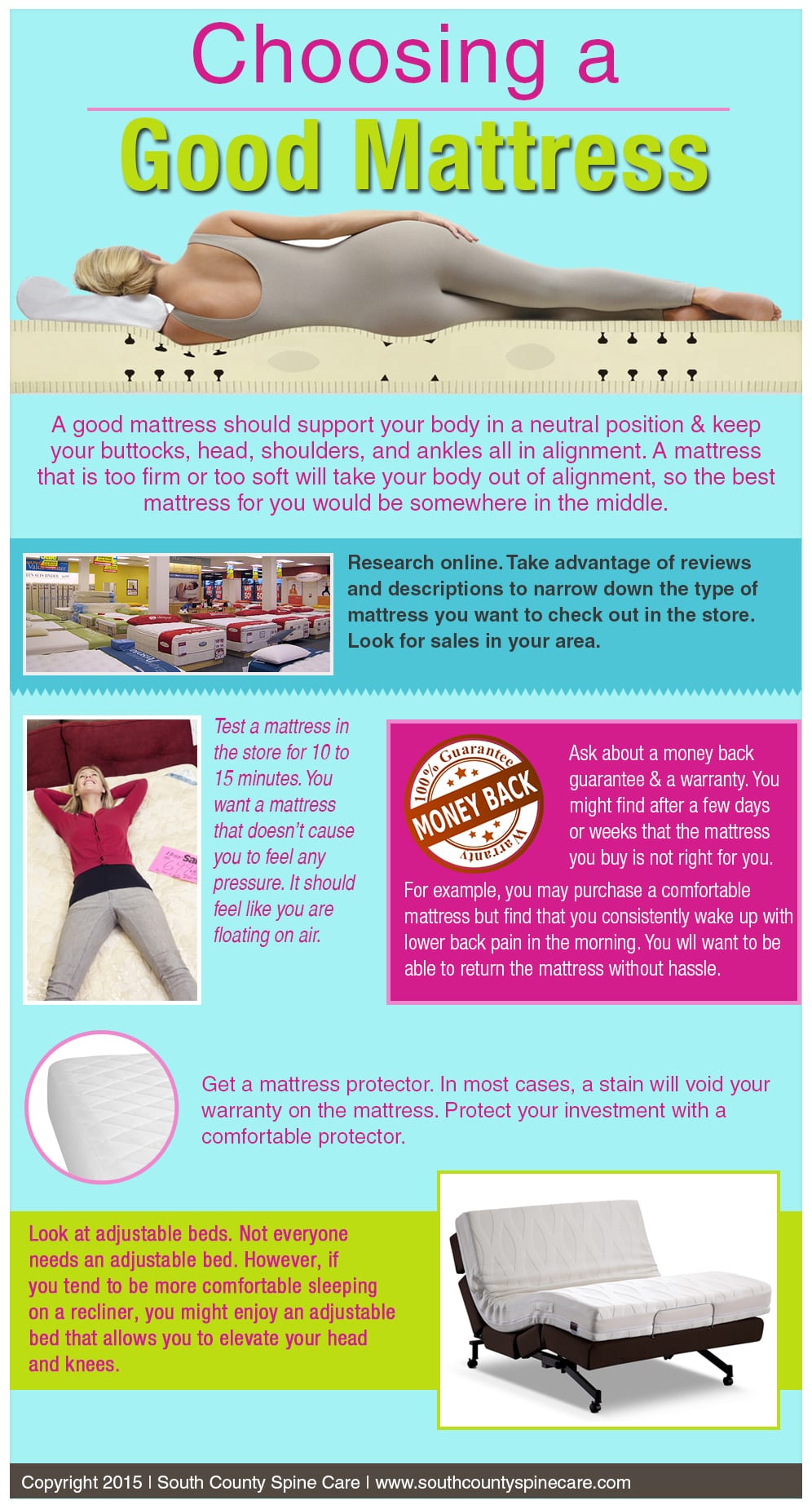











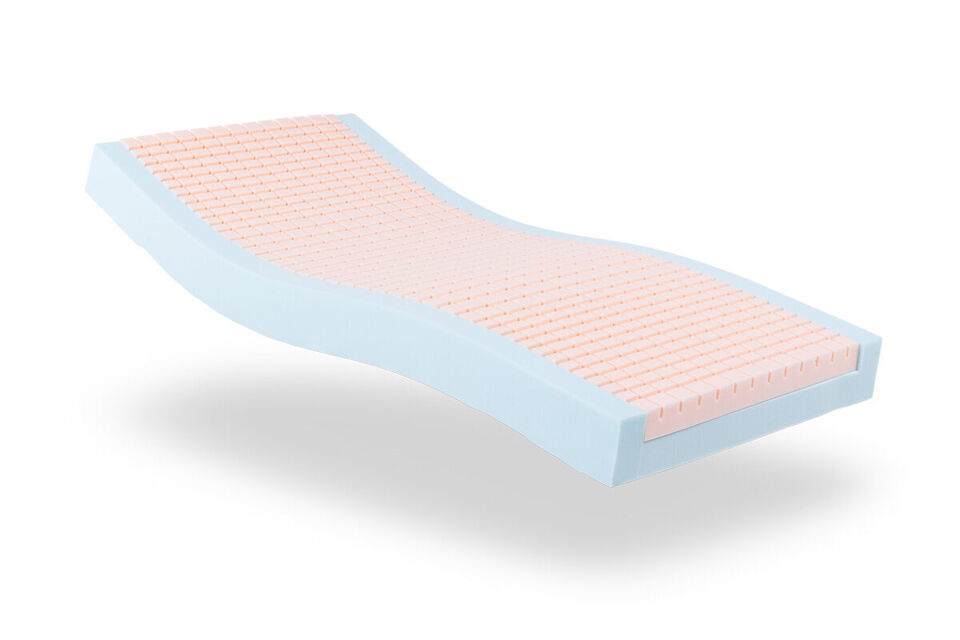

:max_bytes(150000):strip_icc()/clean-your-mattress-the-natural-way-350742-14-5a99efe91be349449c3178993b367746.jpg)

